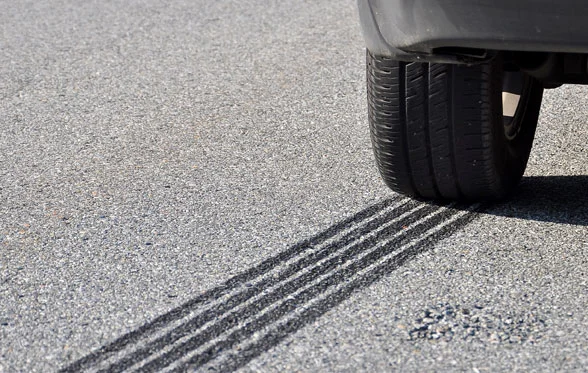On 18th July 2009, the new EC Regulation introducing the Euro VI heavy duty emissions requirements was published. In addition to specifying the new Euro VI emissions limits, this new Regulation, (EC) No. 595/2009, also introduces a number of other significant changes to the heavy duty emissions requirements.
EC Regulation No. 595/2009 is a new Regulation on heavy duty emissions which repeals and replaces EC Directives 2005/55/EC and 2005/78/EC. The mandatory implementation dates for compliance with this new Regulation are 31st December 2012 for new types of vehicle and 31st December 2013 for all new vehicles.
A brief summary of the main changes introduced by this new Regulation are given below:
Scope
(EC) No. 595/2009 applies to all M1, M2, N1 and N2 category vehicles with a reference mass exceeding 2610 kg and to all M3 and N3 category vehicles. Type approval to this Regulation may be extended to cover vehicles with a reference mass between 2380 kg and 2610 kg, provided that such vehicles have also been subjected to fuel consumption and CO2 emissions testing in accordance with (EC) No. 715/2007.
(Note: Reference Mass is the mass of the vehicle in running order, less the uniform mass of 75 kg and increased by a uniform mass of 100 kg.)
Emissions Limits
The new (Euro VI) emissions limits specified in the Regulation can be summarised as follows:
| CO | THC | NMHC | CH4 | NOx | NH3 | PM | |
| ESC (CI) | 1500 | 130 | 400 | 10 | 10 | ||
| ETC (CI) | 4000 | 160 | 400 | 10 | 10 | ||
| ETC (PI) | 4000 | 160 | 500 | 400 | 10 | 10 |
Notes:
- All limits are given in mg/kWh.
- ESC = European steady state cycle and ETC = European transient cycle.
- CI = compression ignition and PI = positive ignition.
- CO = Carbon monoxide, THC = Total hydrocarbons, NMHC = Non-methane hydrocarbons, CH4 = Methane, NOx = Oxides of nitrogen, NH3 = Ammonia and PM = Particulate matter.
CO2 Emissions
The new Regulation specifies that carbon dioxide (CO2) emissions must also be measured during the emissions tests, although no limits on CO2 emissions are specified.
Numerical Limits on Particulate Emissions
The Regulation authorises the European Commission to establish numerical limits on particulate emissions, based on the results of the Particulate measurement programme (PMP) which is currently being undertaken within the UN ECE.
Worldwide Harmonised Drive Cycles
The Regulation adopts the worldwide harmonised steady state cycle (WHSC) and the worldwide harmonised transient cycle (WHTC) as alternatives to the current European cycles. Currently, no emissions limits are specified against the worldwide harmonised drive cycles, but the European Commission are tasked with establishing correlation factors between the European and worldwide harmonised drive cycles and specifying equivalent limit values.
Durability Requirements
The new Regulation revises the durability requirements to cover greater distances. The revised durability requirements can be summarised as follows:
| M1, M2 and N1 category vehicles. | 160,000 km or 5 years |
| M3 category vehicles of Classes I, II and A. M3 category vehicles of Class B with a gross vehicle weight not exceeding 7500 kg. N2 and N3 category vehicles with a gross vehicle weight not exceeding 16000 kg. |
300,000 km or 6 years |
| M3 category vehicles of Classes III and B with a gross vehicle weight exceeding 7500 kg. N3 category vehicles with a gross vehicle weight exceeding 16000 kg. |
700,000 km or 7 years |
Access to Vehicle Repair and Maintenance Information
To allow for more competition in the market for vehicle repair and maintenance services, the new Regulation introduces requirements to ensure that vehicle manufacturers make information related to their on-board diagnostic systems readily available to independent vehicle repairers. These new requirements are based on those already included in the light duty vehicle Euro 5 / 6 emissions Regulation, (EC) No. 715/2007.
Engine Power
The new Regulation incorporates all of the requirements on engine power from EC Directive 80/1269/EEC, as last amended by 1999/99/EC. These same engine power requirements are also duplicated into the light duty emissions Regulation, (EC) No. 715/2007. Therefore, EC Directive 80/1269/EEC and all of its amendments are now repealed.
